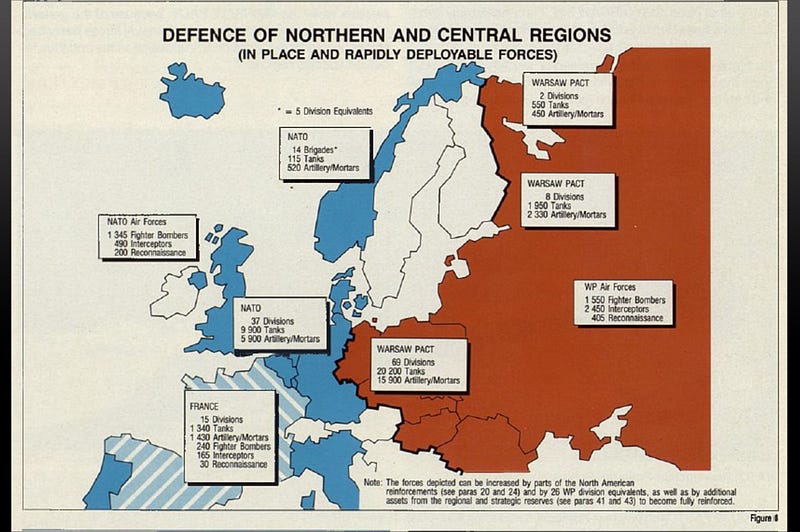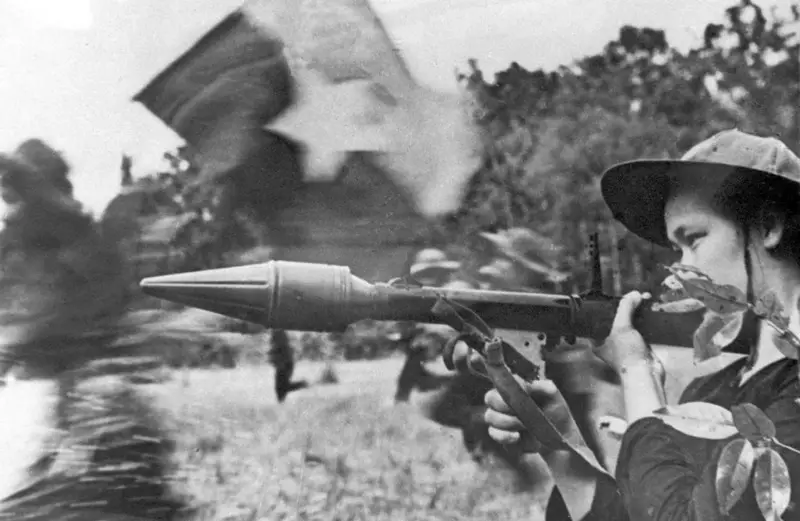 hen we think of the Vietnam War, we often think about the battle between Communism and Capitalism. The Soviet-backed Vietcong would go on to face head to head against the forces of Capitalism, most notably against the US. Support for each side of the war depended on which side of the Cold War a country placed itself.
hen we think of the Vietnam War, we often think about the battle between Communism and Capitalism. The Soviet-backed Vietcong would go on to face head to head against the forces of Capitalism, most notably against the US. Support for each side of the war depended on which side of the Cold War a country placed itself.
For many of the Warsaw Pact countries supporting the Vietcong politically was a given due to the USSR’s influence over each country’s leadership. On the Nato side of the war, most NATO nations supported the American war effort in the region due to their alignment with the Capitalist giant. For most European countries west of the Iron Curtain, this was the norm except for one non-aligned European country west of the Iron Curtain that would sympathize with the Vietcong cause.
Non-Alliance in Peace, Neutrality in War
After the end of the Second World War, both the east and the west scrambled to create a military alliance between their respective allies and satellite states. In 1949 the west created the North Atlantic Treaty Organization(1949), which to this day still stands as the main military alliance of most of the western world. In response to this, the USSR formed the Warsaw Pact(1955), which included all of its satellite states behind the Iron Curtain.

Europe would be split in half by this alliance, but even so, some countries choose not to align with either side. Sweden would be one such country. After the Second World War, Sweden worked on the principle of “Non-Alliance in Peace, Neutrality in War.” This meant that both diplomatically and militarily, Sweden would not take sides in the Cold War, although it was obvious that they leaned towards the NATO side.
Although Sweden was more sympathetic to the NATO side, it didn’t stop it from criticizing many of the American actions during the Cold War. One such action would be the American involvement in the Vietnam War. This would lead to strained relations between the two countries, even amounting to the two nations breaking diplomatic contact for most of the duration of the war. During the duration of this conflict, Sweden would go on to help the Vietcong and hinder the American war effort in several ways.
The moral high ground
True defiance against the US would start with the election of Olof Palme. A staunch pacifist Palme saw the American actions as an act of imperialism as their involvement was going against the will of the people. As such, he would go on to support the Vietcong and hinder the US war effort in a few ways.
One big way that Palme hurt the US was by giving American draft dodgers asylum. This would go on to hurt the American reputation in an era where international reputation and prestige were so important. He would also go on to internationally criticize Operation Rolling Thunder and the subsequent bombing campaigns on the Vietcong, comparing it to the Nazi use of concentration camps during the Second World War.

Due to America’s influence across the globe, most of these criticisms did little to stop the “imperialistic war,” and thus, Palme sought to support the Vietcong directly. This support had to be given in such a way as not to damage Swedish relations with NATO, a balancing act that Palme was willing to try.
To remain neutral, Sweden could not send any military supplies directly to the Vietcong, although the pro-Vietcong population of Sweden tried to raise funds and campaign to send guns to the Vietcong. Instead of sending military supplies, Sweden sent medical supplies along with Swedish doctors which would care for and teach the Vietcong the basics of medicine. This was in an effort to spread the dogma of Pacifism rather than a dogma of anti-Capitalism.
Support the underdog
Sweden would go on with this foreign policy into the 21st century and still remains a staunch pacifist country to this day. Throughout the Cold War, Sweden would show similar support to countries and groups in the same situation as the Vietcong, always trying to spread the ideals of Pacifism.
Even in a country like Sweden, there was still support for the war, which would make Palme many enemies. Due to the lack of political violence in Sweden, Palme usually walked around without a bodyguard leading to his assassination on 28 February 1986, presumably by either a supporter of America or a pro-war Swede. The assassination remains unsolved to this day, leaving behind a legacy of a martyr who, in the end, died for his ideals.

Student of Philosophy, Politics and Economics. History fanatic. Contact: aneculaeseicg@gmail.com





